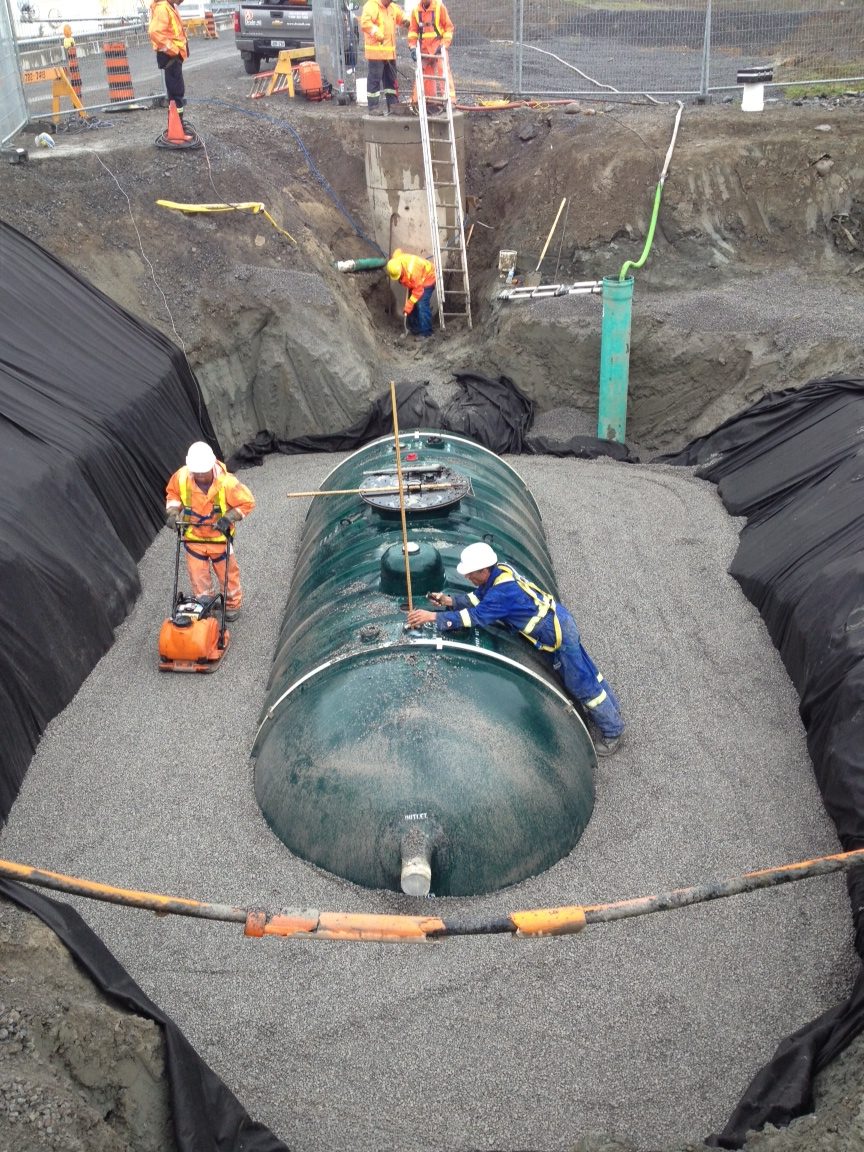
If you need to store petroleum products or other hazardous substances, there are regulations that you will need to adhere to. Things to consider when choosing whether to use an above-ground or below-ground tank are: public safety, protection of groundwater, and other environmental protections. When you are initiating a new project involving the installation of a tank, there are a few things to keep in mind.
Plan Ahead
Undertaking a large project, which installation of an above- or below-ground tank is, involves some planning ahead. Not just for what your current needs are, but for what your future needs may be. It is much easier to take the time to plan ahead to reasonably determine what future needs could be accommodated within the current project scope than it is to revise the project later, or make changes at a distant point in the future.
Determine where you have space for a tank. If you have a significant amount of unused, open space above-ground, an above-ground tank may make the most sense for your needs.
Familiarize Yourself With Regulations
Knowing what regulations you will need to adhere to before starting any work is extremely important. Regulations exist for both above-ground and below-ground tanks, and vary depending upon what will be held in the tanks. In-ground tanks have much more stringent guidelines, as they have the potential risk of ground-water contamination, which poses a threat to public health and safety. Above-ground tanks have additional guidelines specific to safety and access, and often need to be contained within a secured area to prevent public or other unauthorized access to the tank and its contents.
Involve the Pros
Once you have a general idea of which type of tank you would like to install, involving the professionals is a must. Not only will they help ensure that the installation is done properly, avoiding leaks, spillage, or damage to existing structures, they will help to ensure that you are meeting all required regulations and laws. This is a very important part of the process, as failure to comply with laws and regulations can result in hefty fines and having to move or re-do the installation.
Properly running any necessary piping is also a job best left to the pros, and they will be able to tell you exactly what is needed for your project.
Planning ahead for your tank installation is key, and involving the professionals early on will help make the process easier, as they are best-equipped to deal with addressing any regulatory or legal concerns regarding placement, installation, and maintenance of the new tank.
When installing an above-ground or below ground tank, take time to consider all of your options, plan for future needs, and contact a professional to discuss your needs and what you envision for the project. Staying compliant will save you time and money.